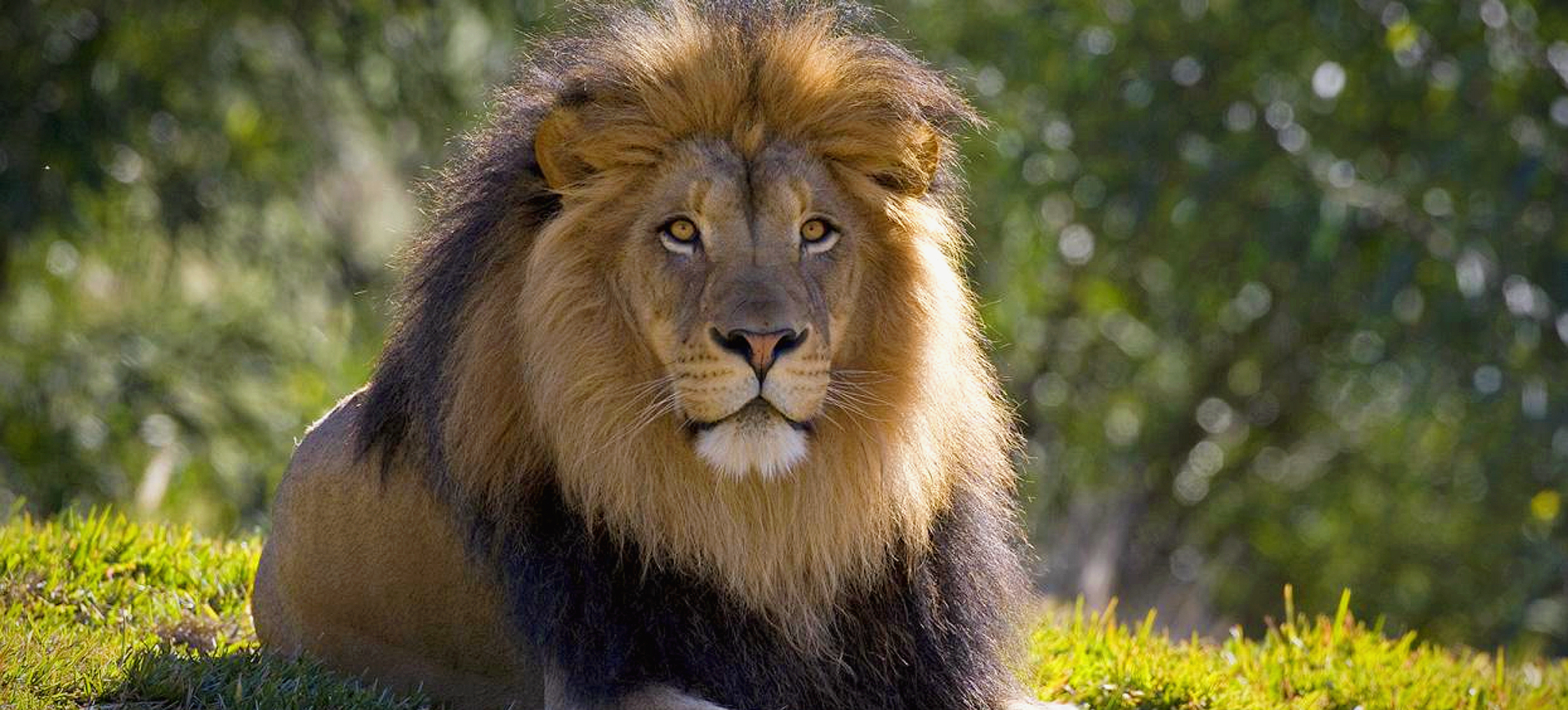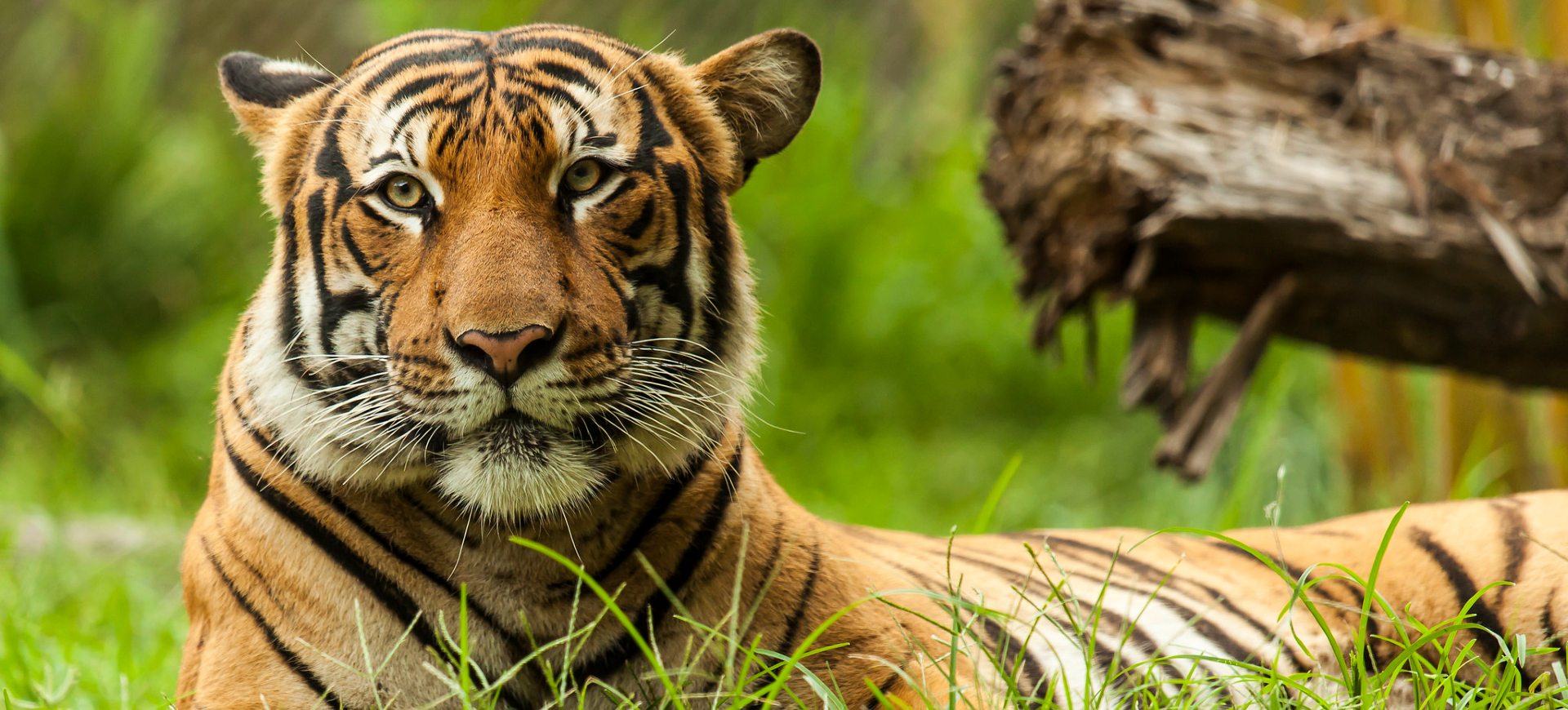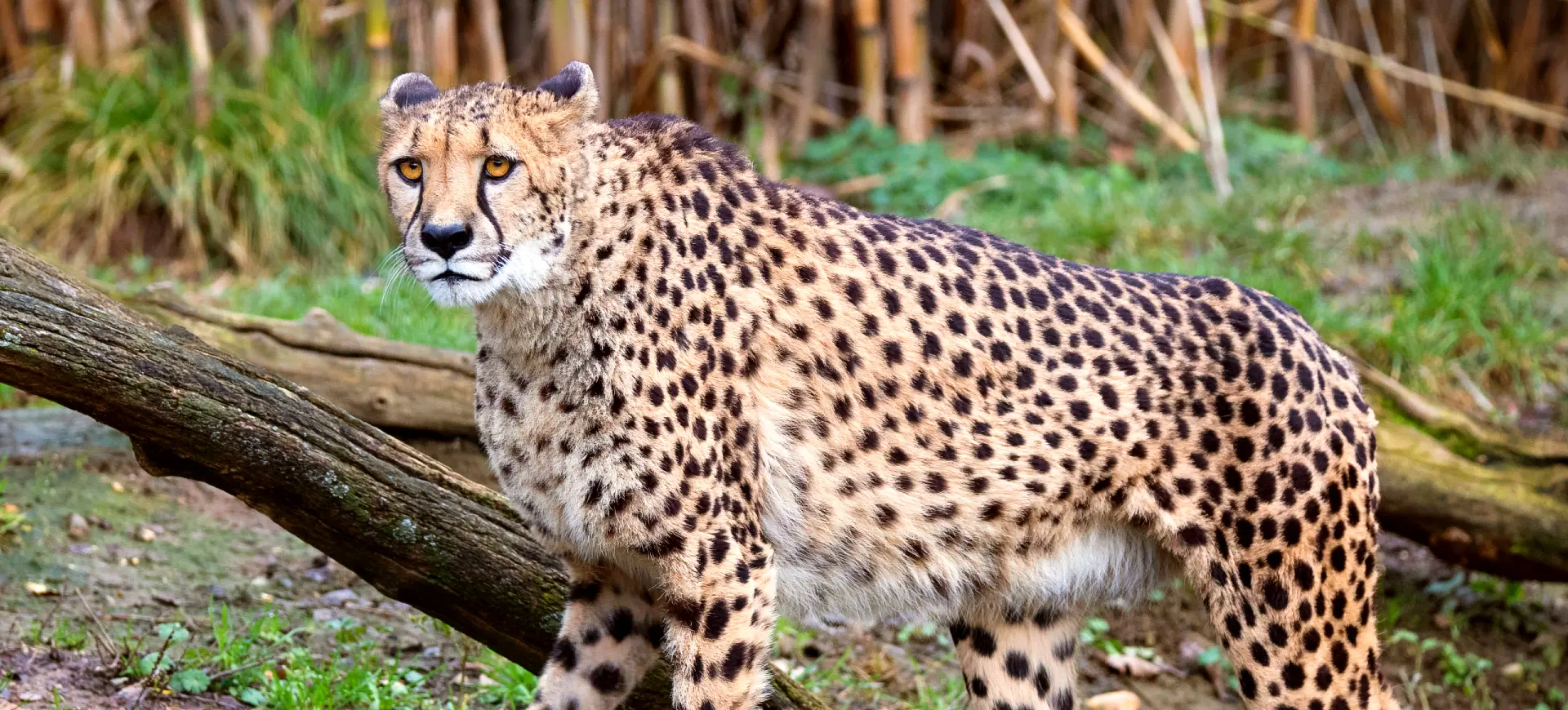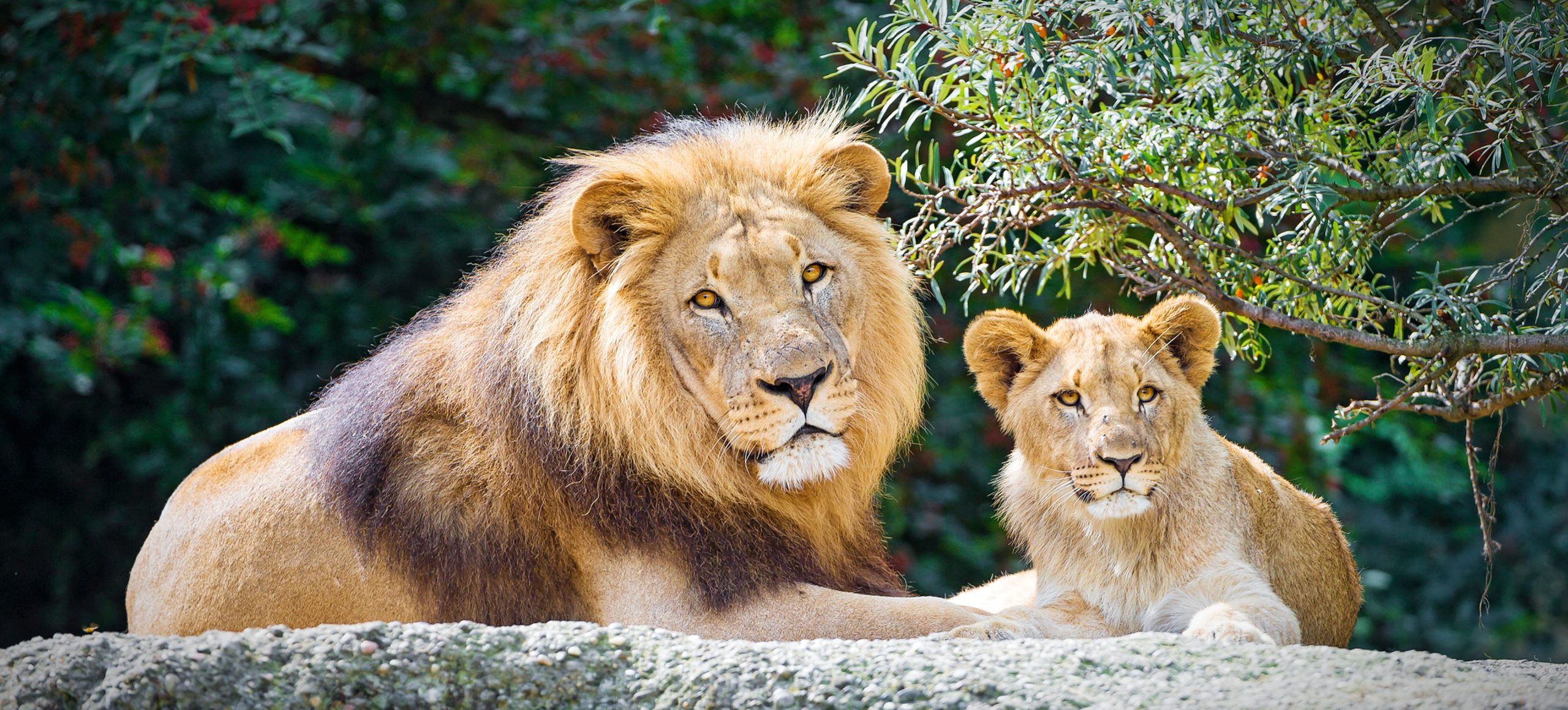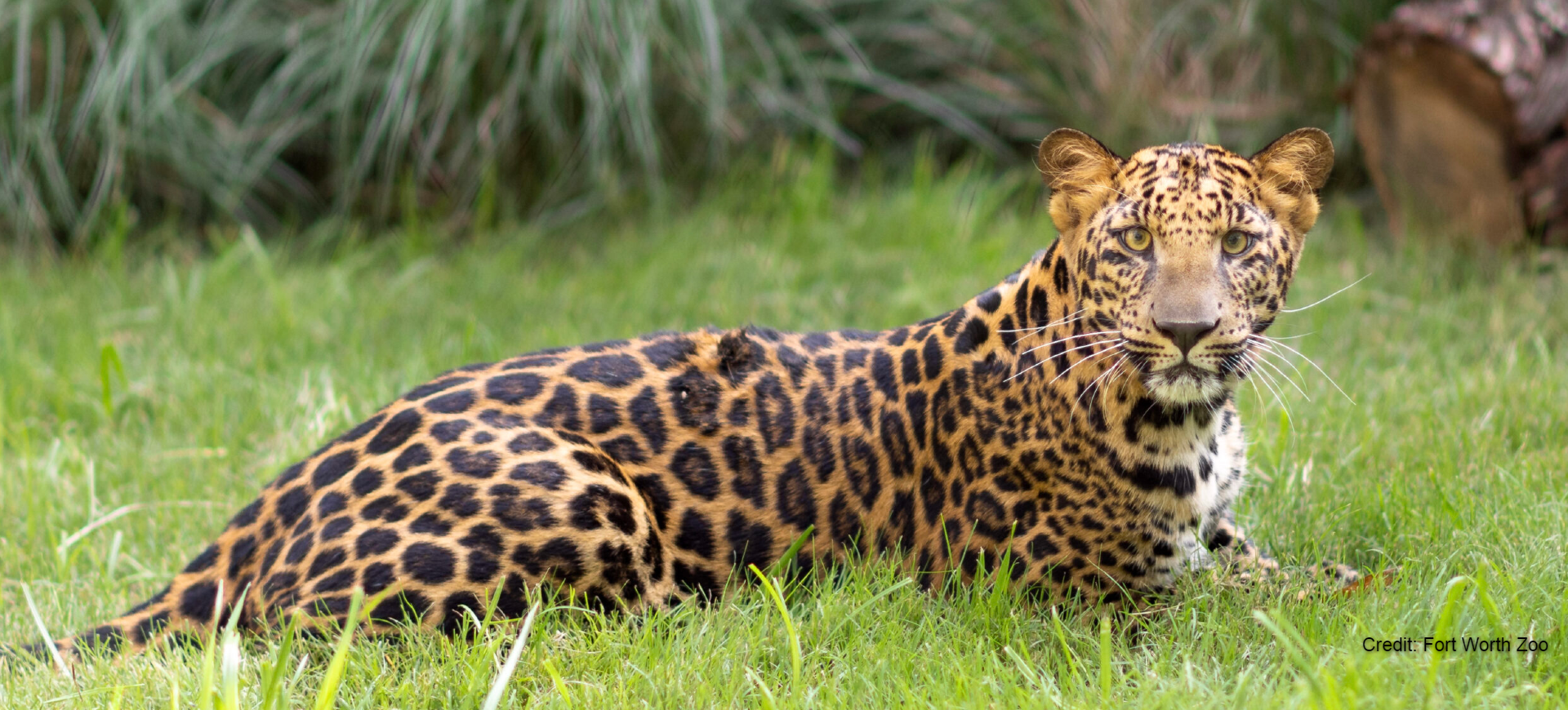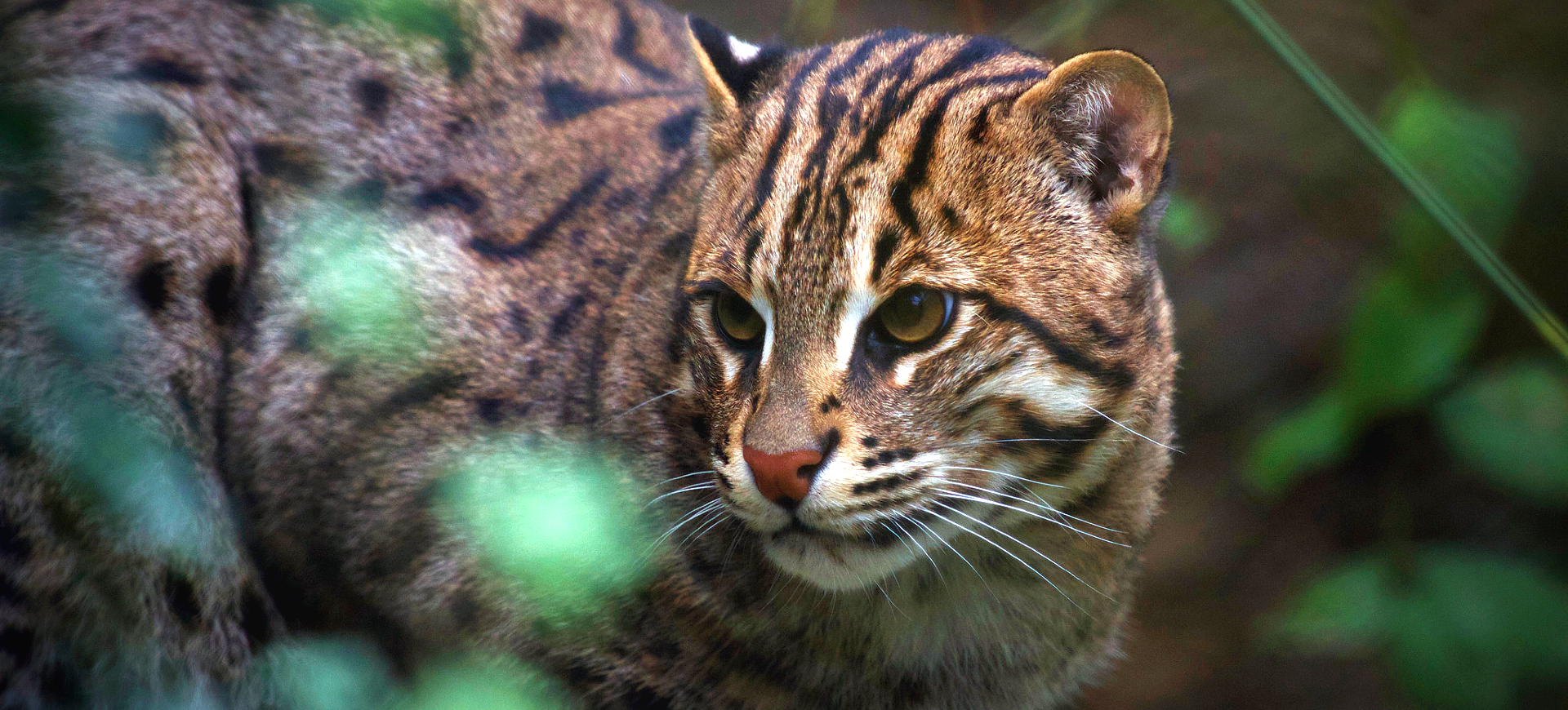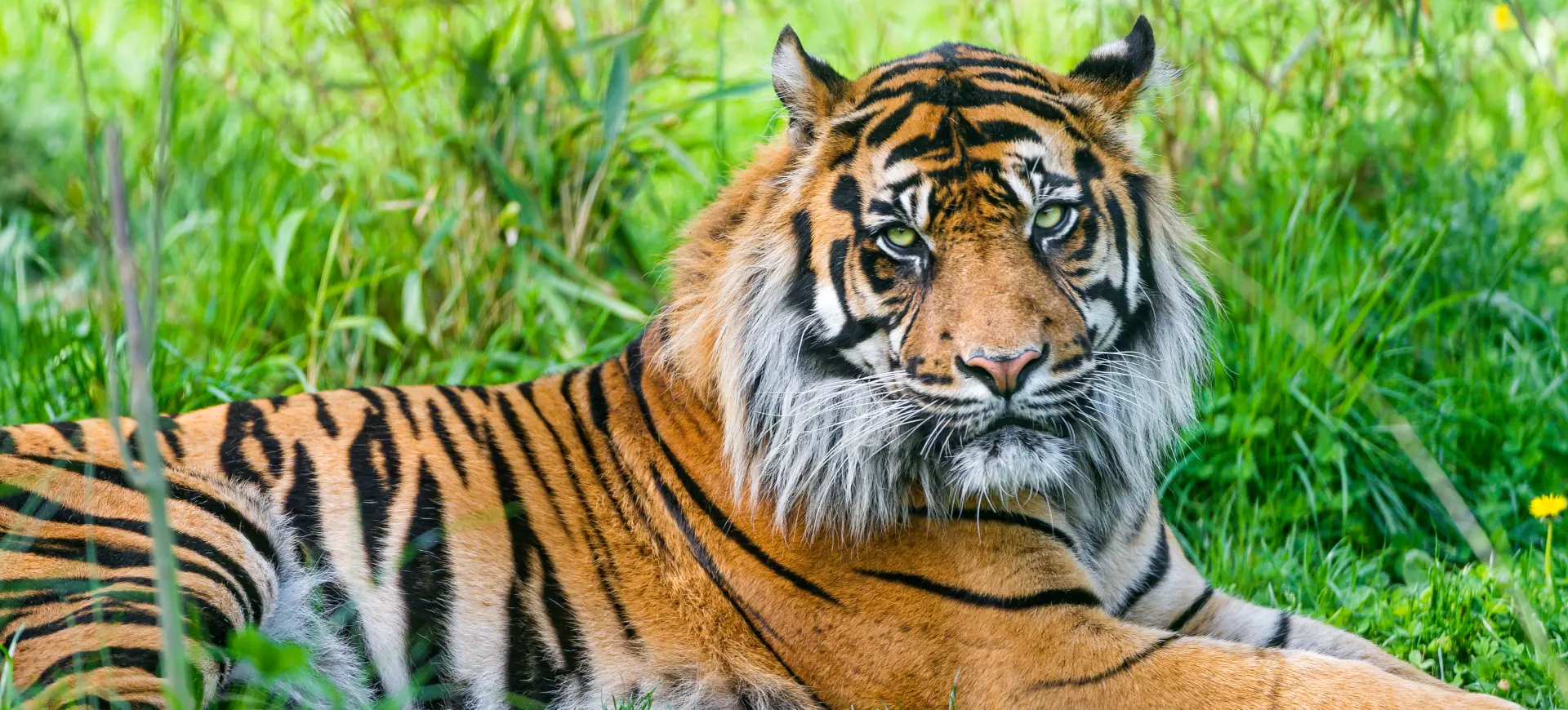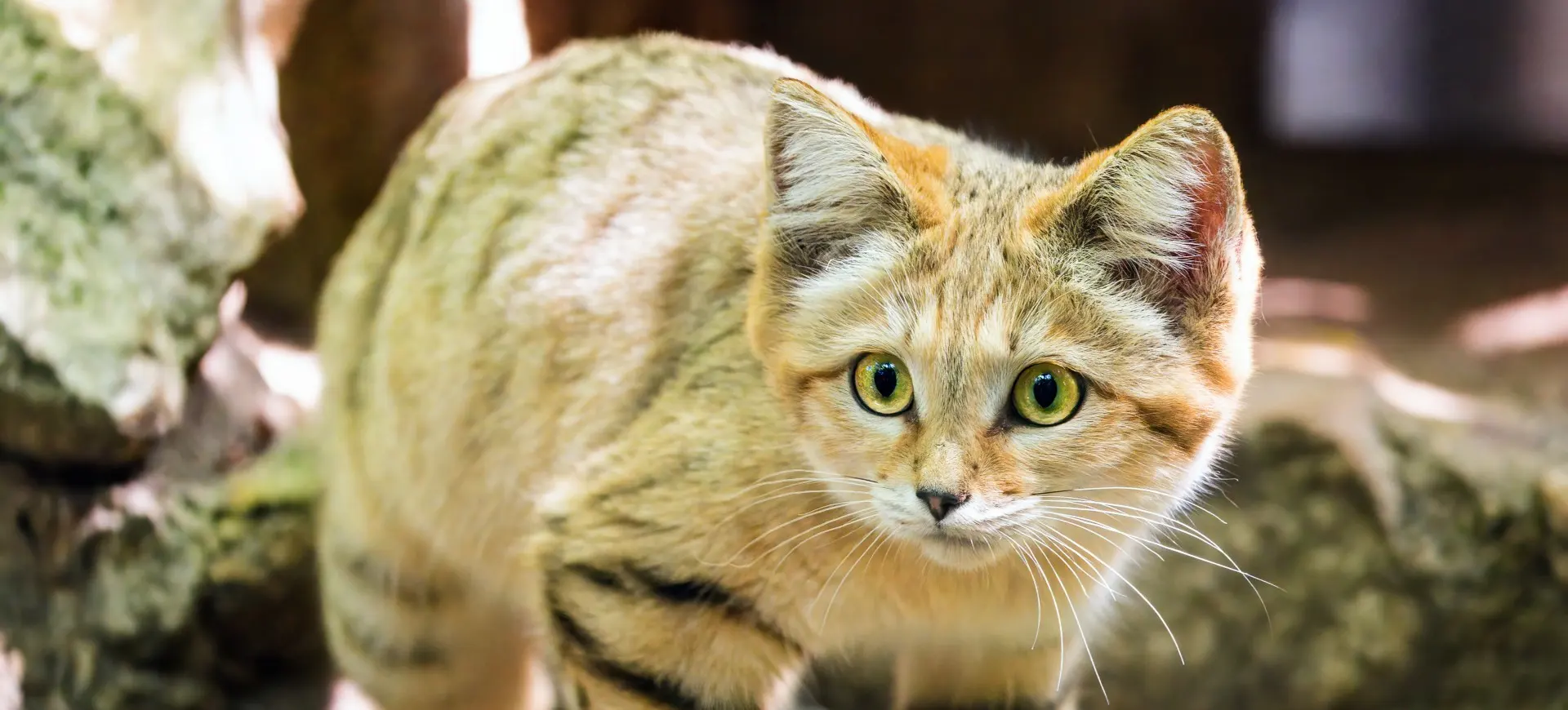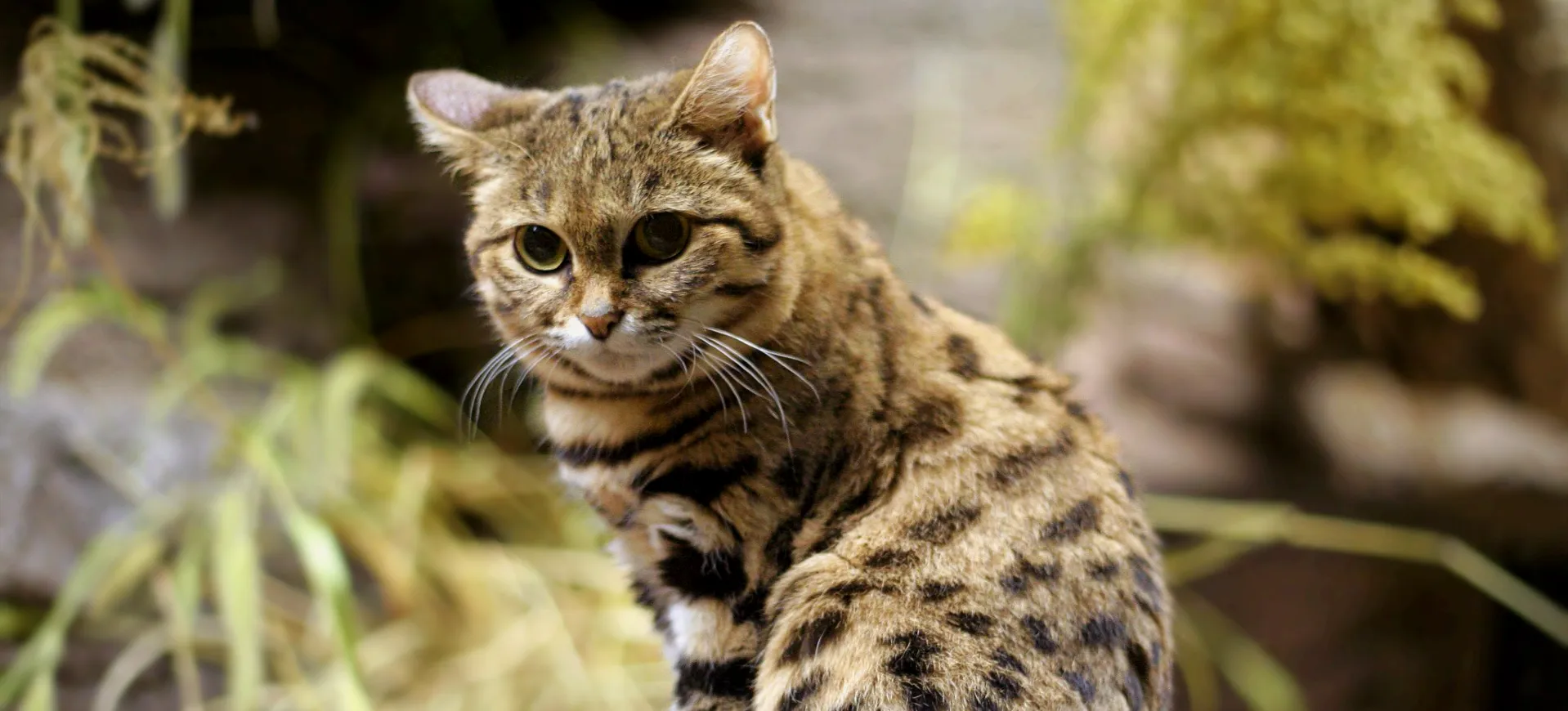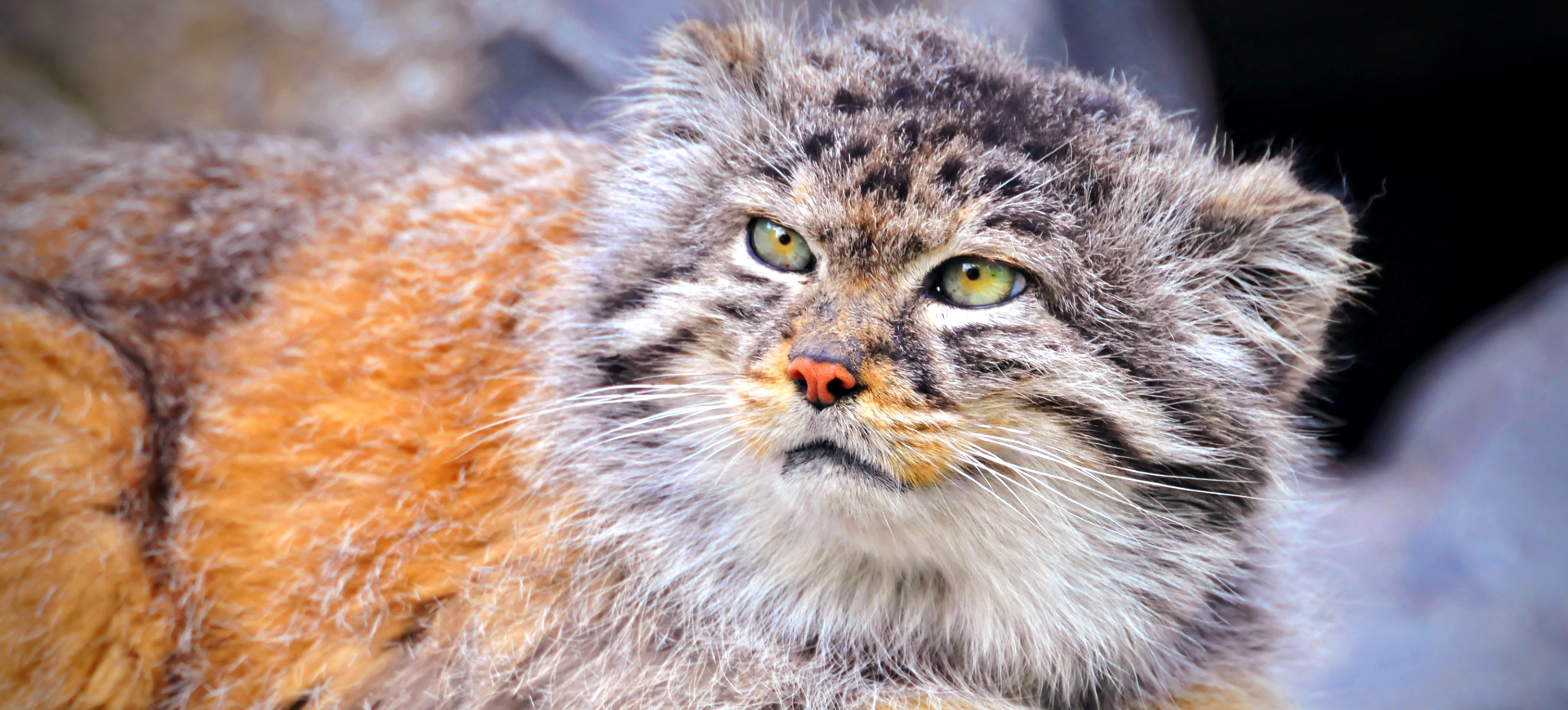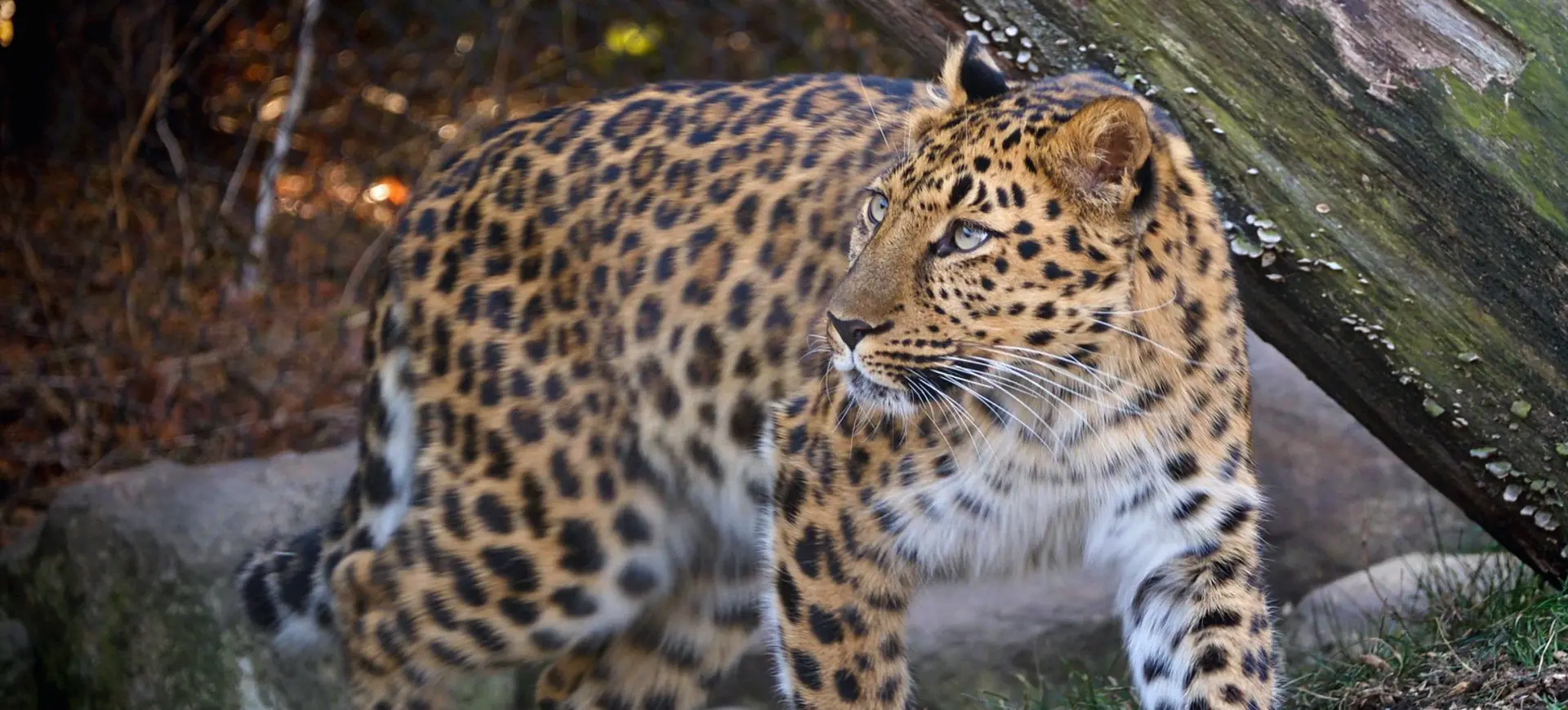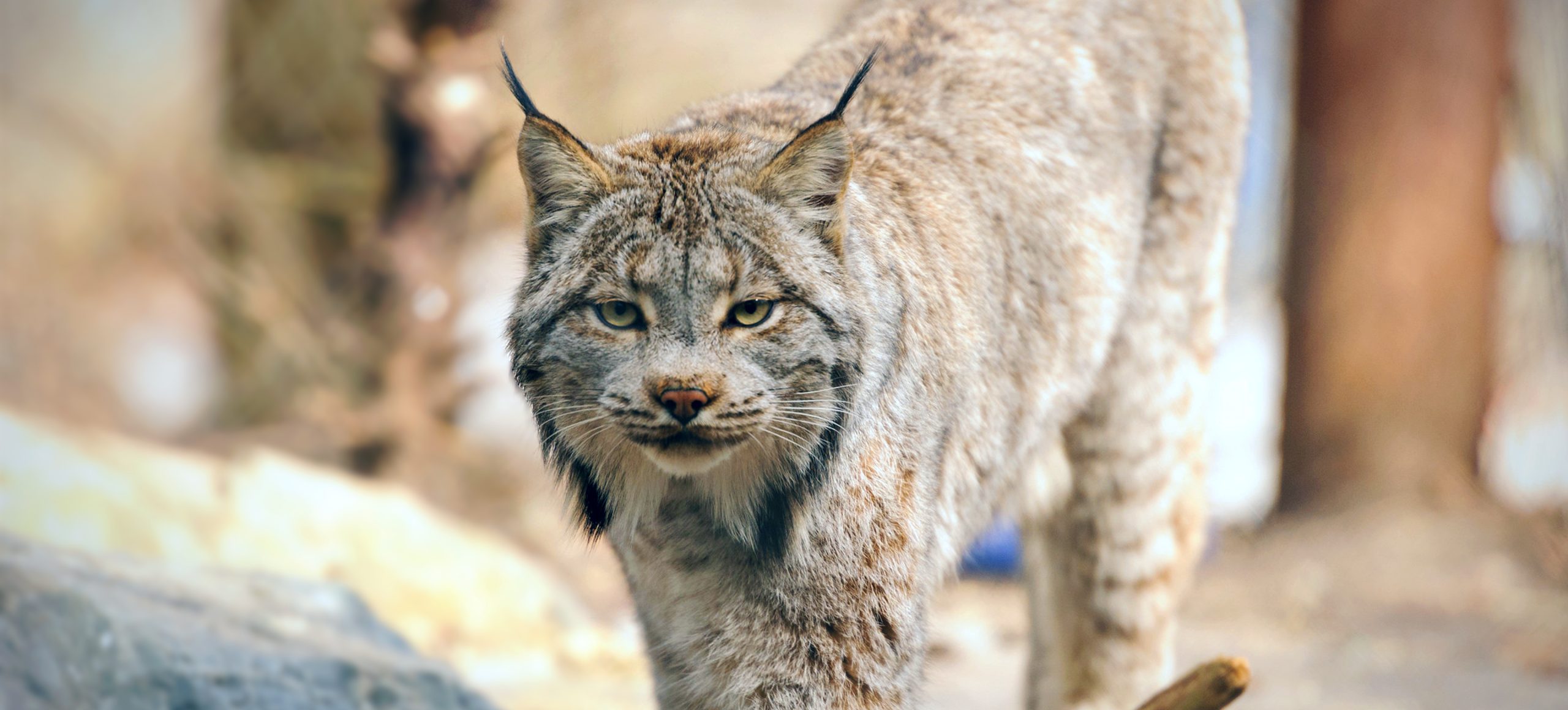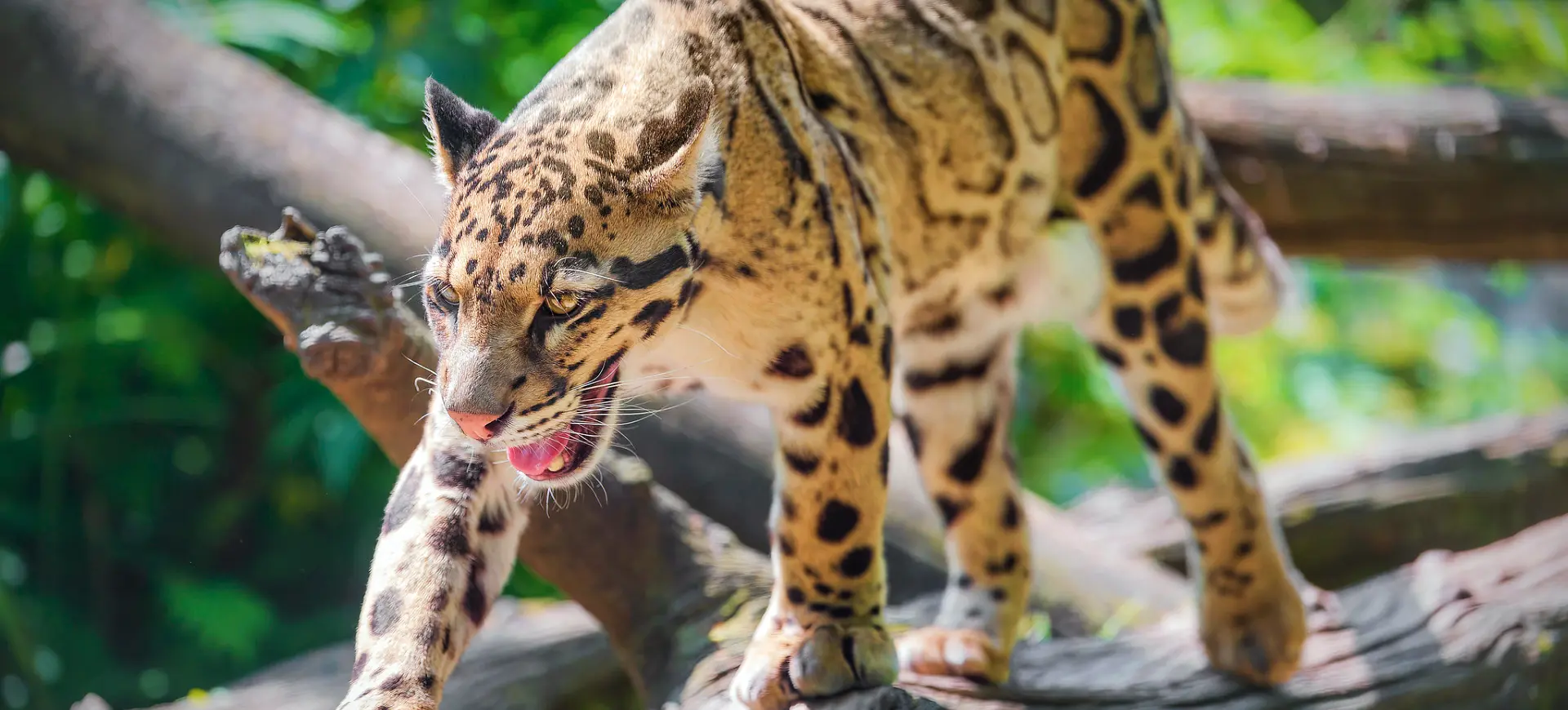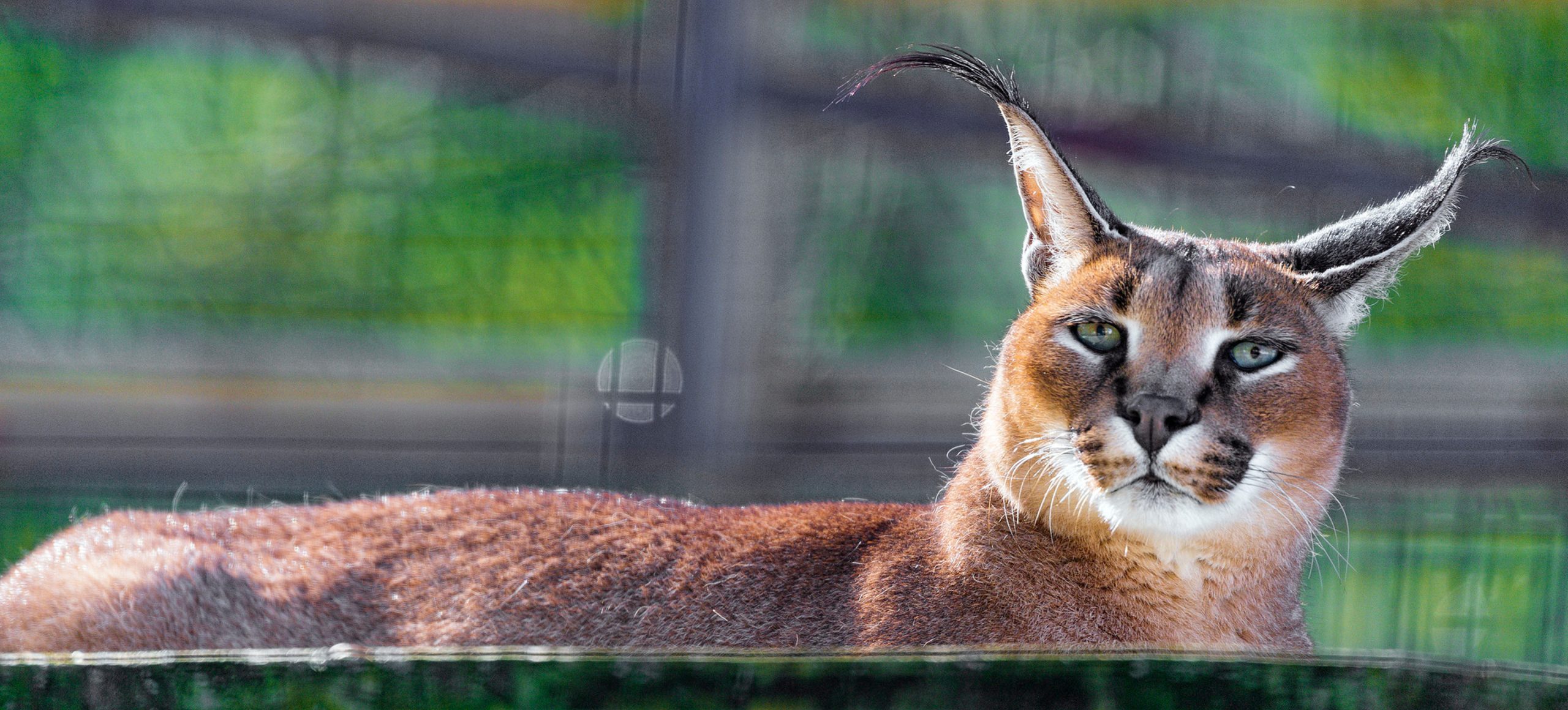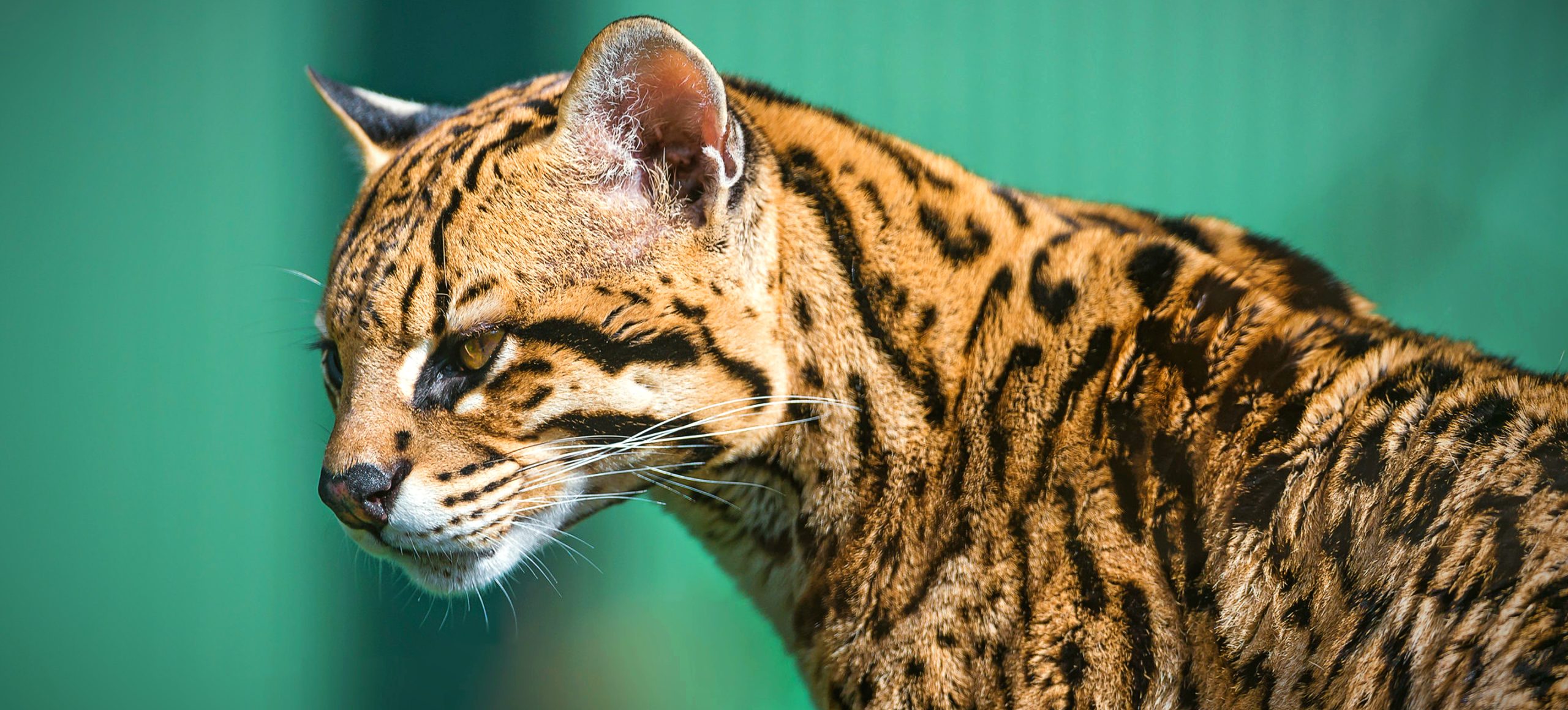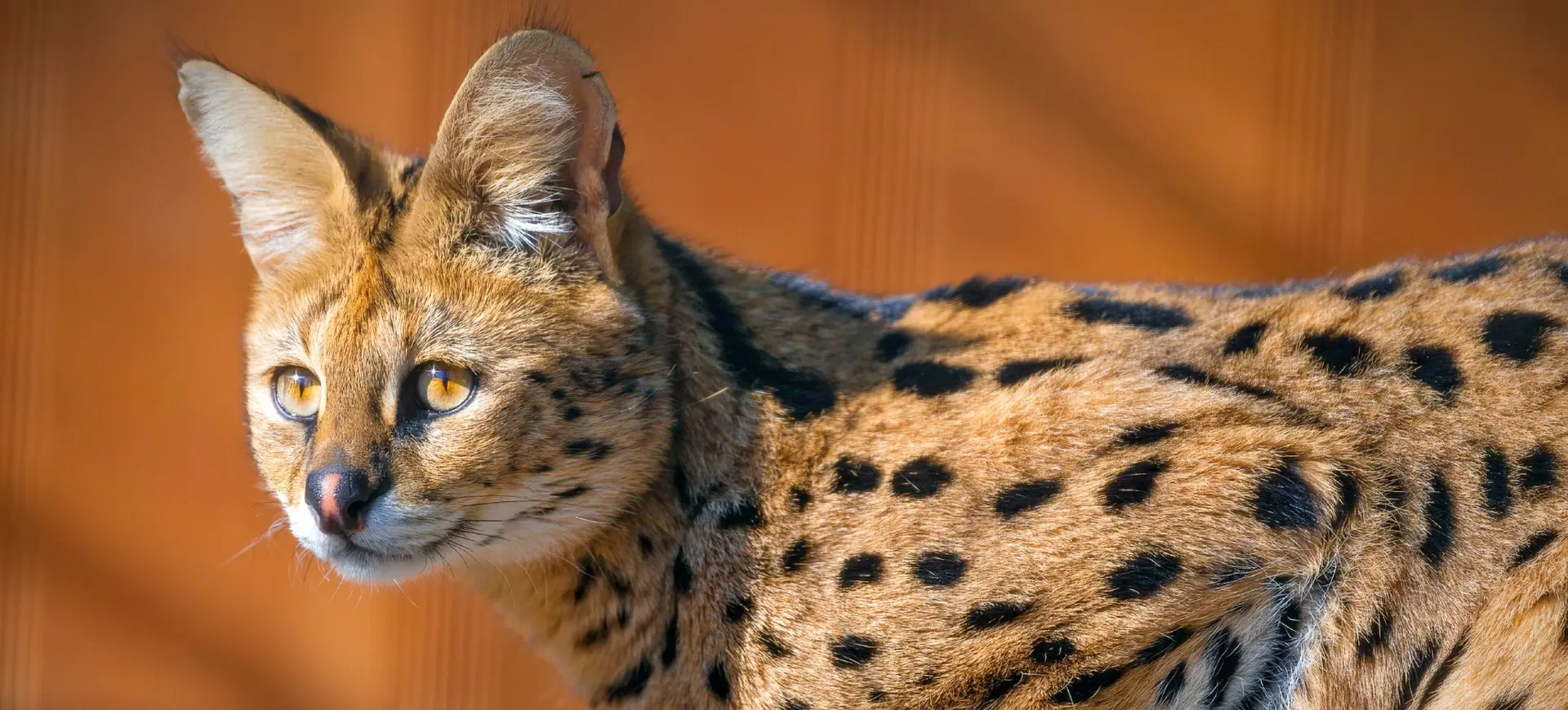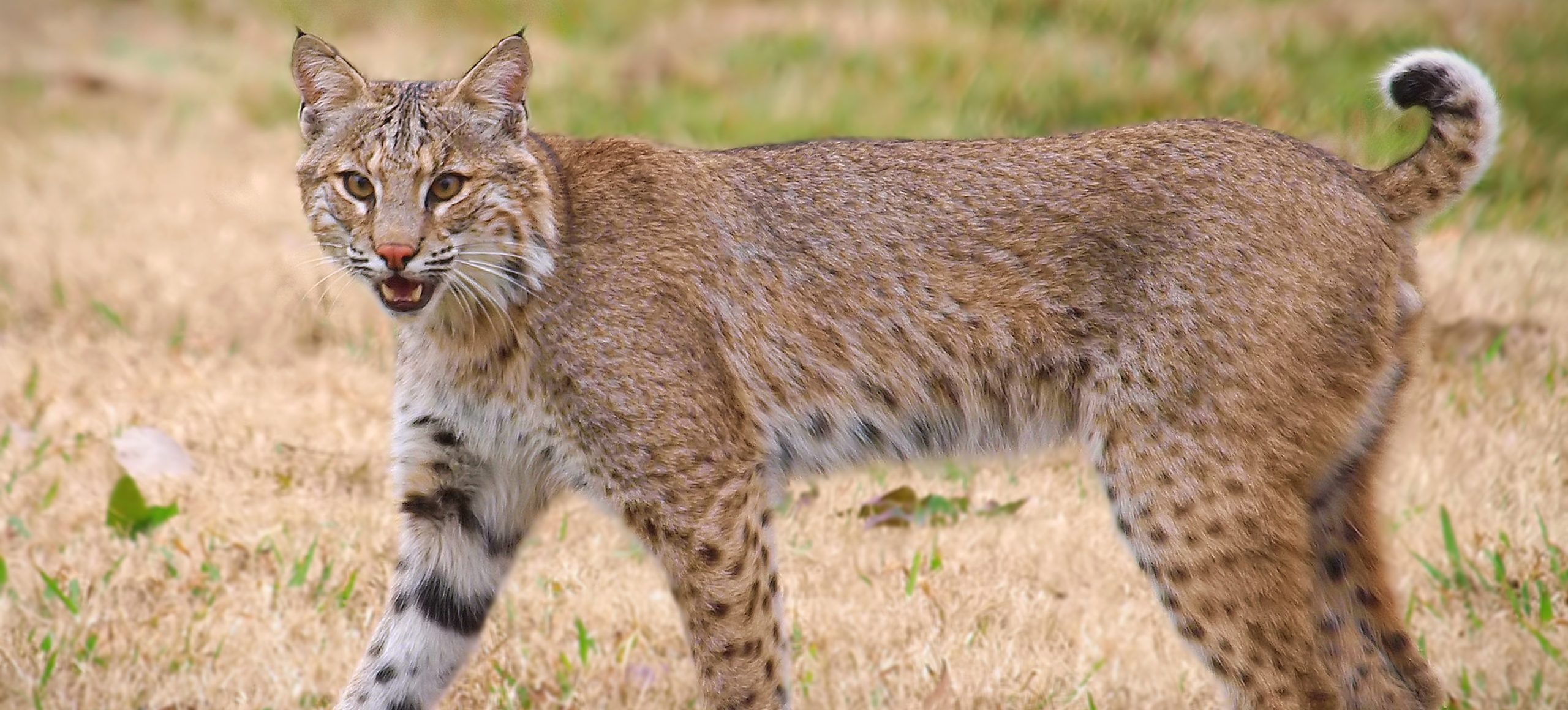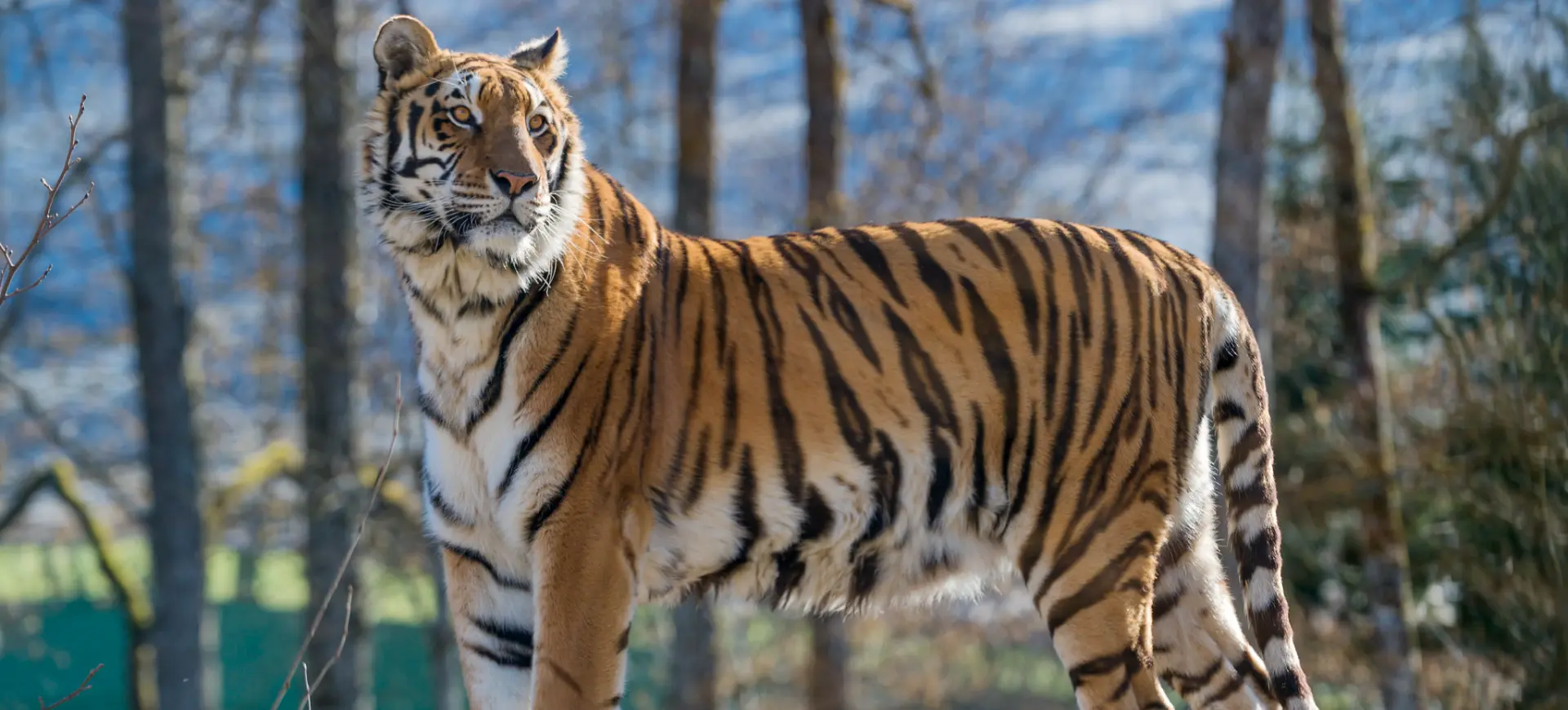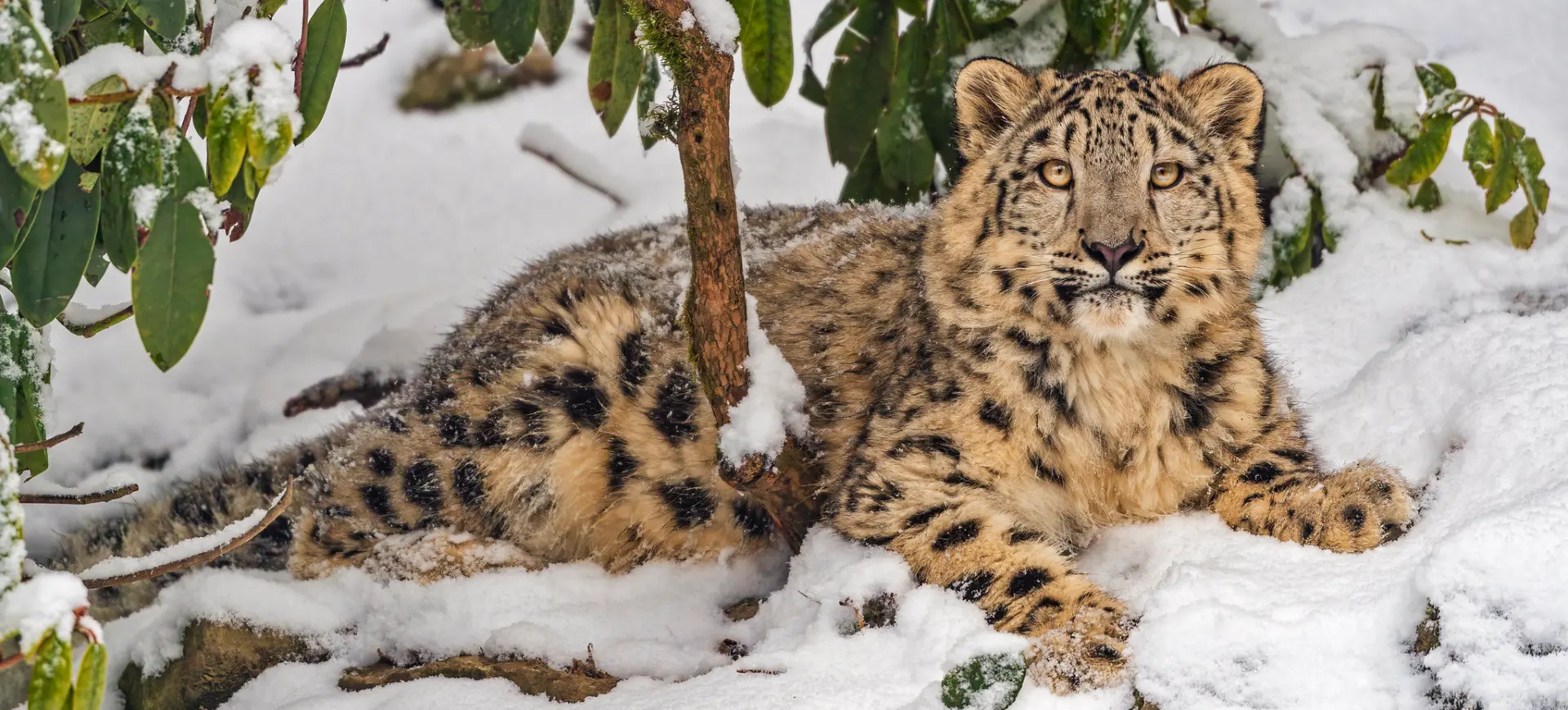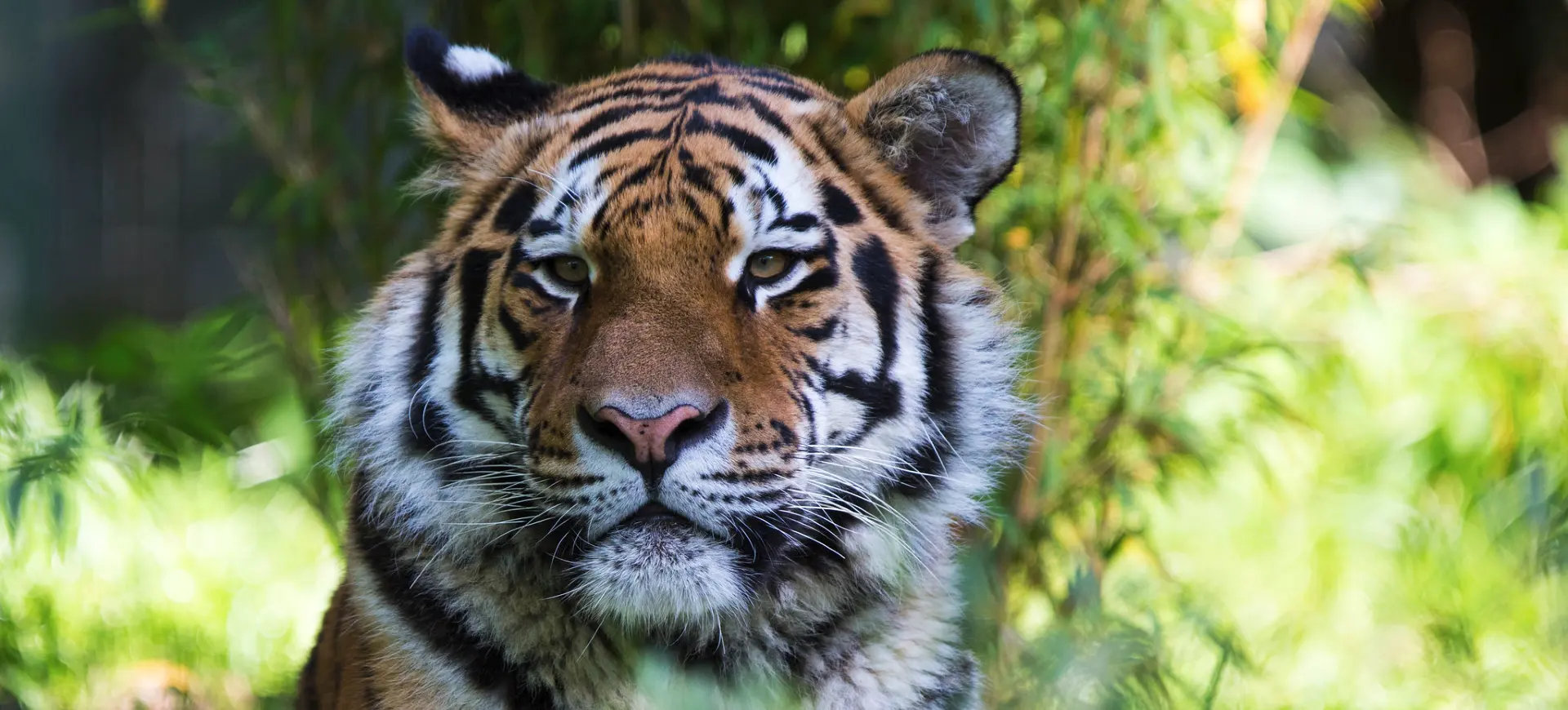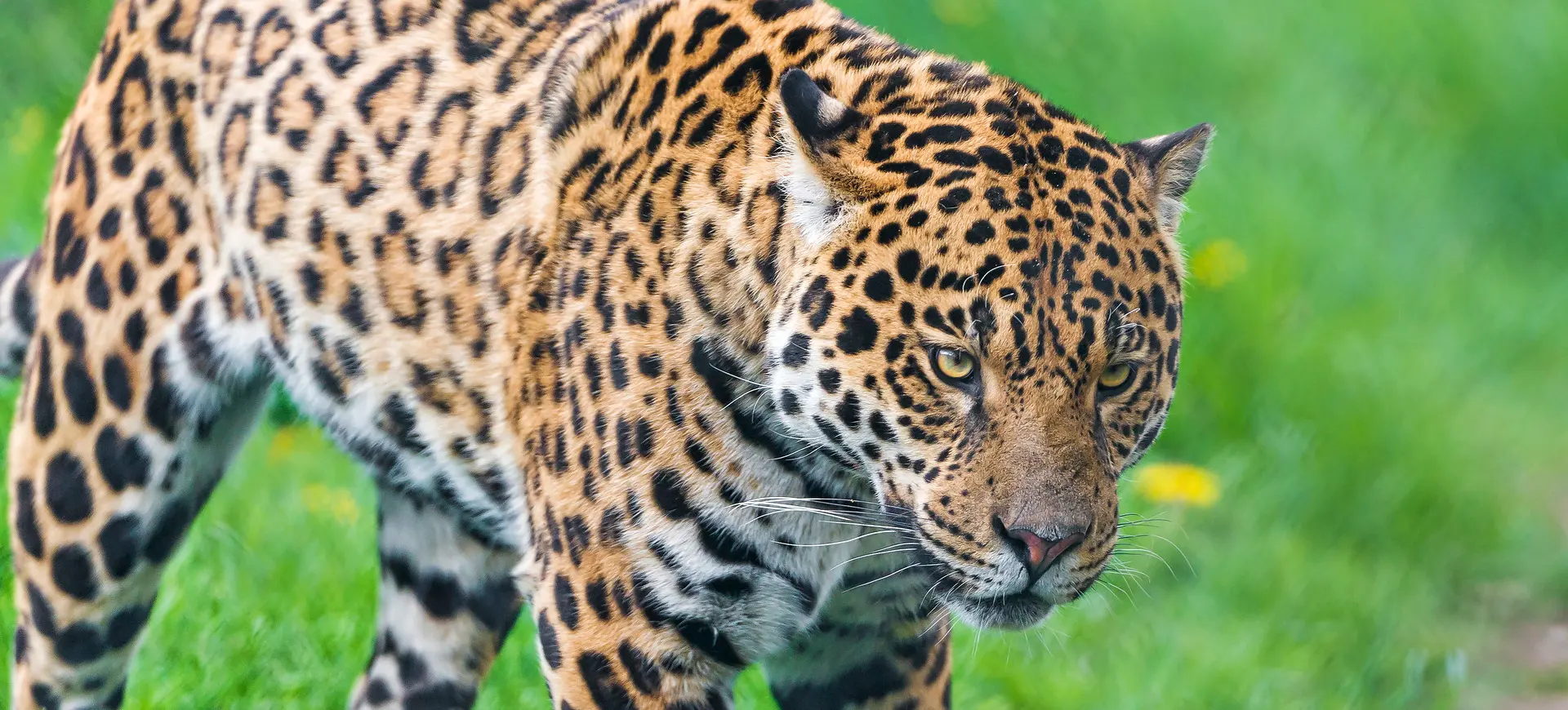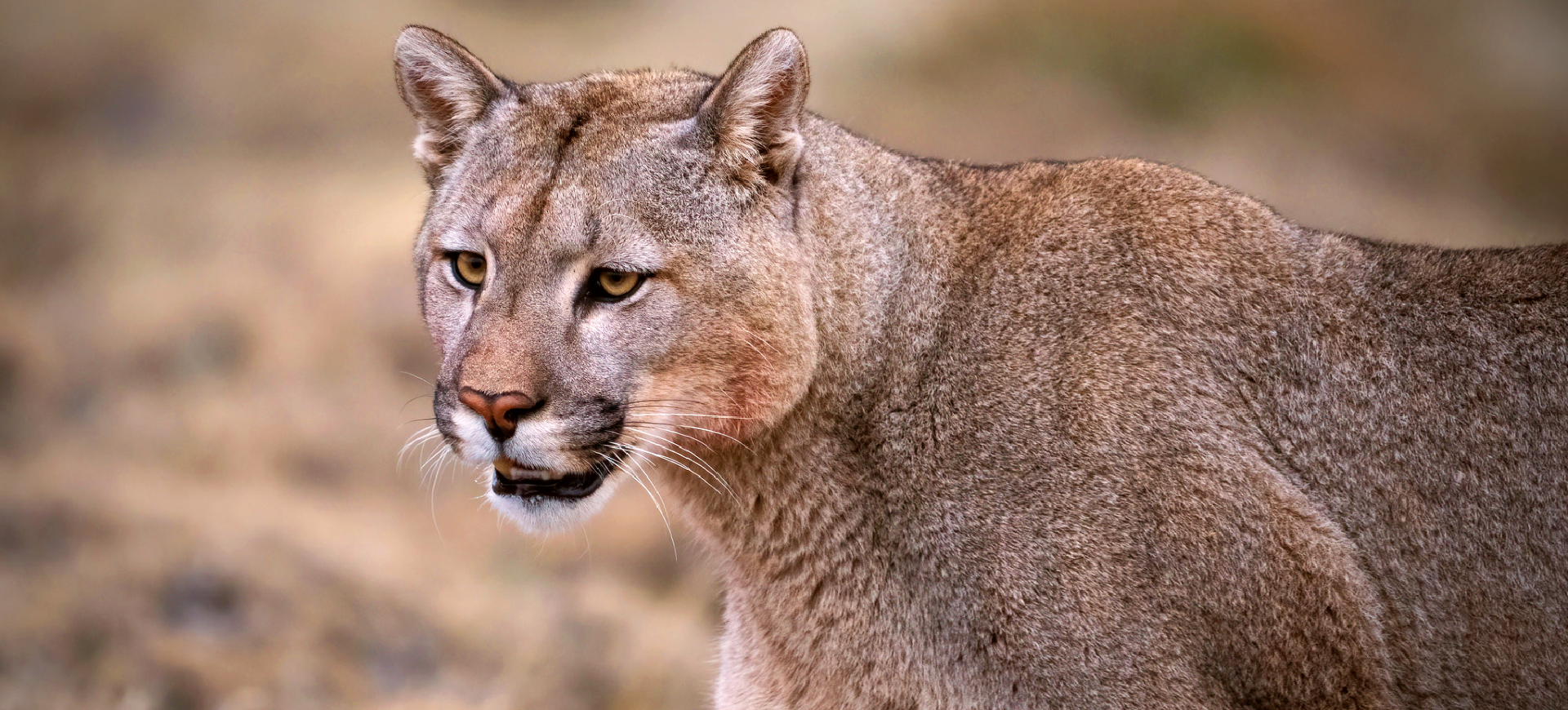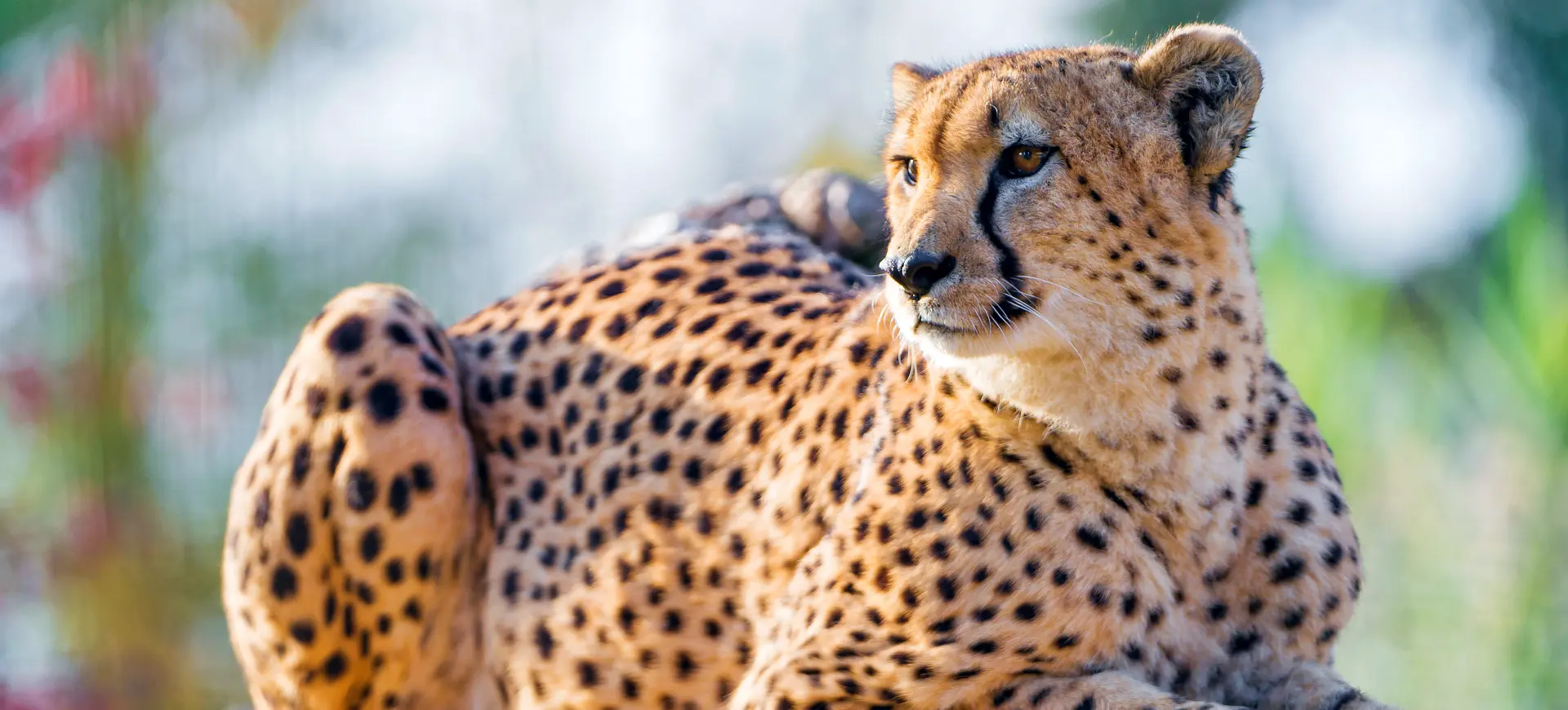Overview
The Amur tiger, also known as the Siberian tiger, is the largest wild cat species in the world. It is renowned for its powerful build and striking orange coat with black stripes. This tiger subspecies is native to the Russian Far East, northeastern China, and parts of North Korea. It is well-adapted to cold climates, with a thick fur coat and a layer of fat to insulate against freezing temperatures. The Amur tiger plays a crucial ecological role as a top predator, regulating populations of herbivores in its habitat.
This tiger subspecies has the largest range, extending across the mountainous forests of the Amur and Ussuri River basins. Despite its wide range, it faces significant threats from habitat loss and poaching for its fur and body parts used in traditional medicine. Conservation efforts, including protected reserves and anti-poaching patrols, have led to some population recovery in recent years. Nevertheless, the species remains endangered and vulnerable to human activities and environmental changes.
Amur tigers are solitary animals, with individuals requiring vast territories to support their hunting and reproductive needs. They are nocturnal hunters and rely on their acute senses of sight and hearing to stalk and ambush prey. Their diet primarily consists of large ungulates such as deer and wild boar, though they are also known to prey on smaller animals when food is scarce. Their presence indicates a healthy ecosystem, making their conservation an urgent priority.
Taxonomy
Kingdom
Phylum
Class
Order
Family
Genus
Species
Sub Species
Type
Current distribution:
Conservation efforts for the Amur tiger focus on habitat protection, anti-poaching measures, and public education. Protected areas such as the Sikhote-Alin Biosphere Reserve provide safe habitats where tigers can thrive without human interference. Wildlife corridors have been established to connect fragmented habitats, enabling tigers to roam freely and maintain genetic diversity. Anti-poaching patrols and stricter enforcement of wildlife protection laws have significantly reduced illegal hunting in some regions.
International cooperation between Russia and China, including cross-border monitoring and joint conservation programs, has been critical in protecting Amur tigers. Captive breeding programs in zoos worldwide contribute to genetic diversity and serve as a genetic reservoir for future reintroductions. Public education campaigns aim to raise awareness about the importance of tiger conservation and reduce demand for tiger products. Continued funding and global support are essential to ensure the survival of this iconic species.
Physical Description:
Amur tigers are renowned for their size and strength, which make them one of the most feared predators in their habitat. Males, in particular, can grow exceptionally large, reaching up to 10 feet long, excluding the tail. Both sexes have a dense, plush coat that varies from reddish-orange to rusty-brown, covered with dark, black stripes. This coat is thicker and longer than other tiger subspecies, providing essential insulation in the harsh winters of their habitat.
Their heads are large and rounded, with powerful jaws and sharp canines for bringing down prey. They have slightly webbed paws, which are large and equipped with retractable claws for hunting. Amur tigers also have white patches around the eyes, cheeks, and back of the ears, which are thought to play a role in communication between individuals.

Lifespan: Wild: ~20 Years || Captivity: ~25 Years

Weight: Male: 396-660 lbs (180-300 kg) || Female: 200-370 lbs (90-170 kg)

Length: Male: 6.6-10.2 ft (2-3.1 m) || Female: 5.6-8.8 ft (1.7-2.7 m)

Height: Male: 3.3 ft (100 cm) || Female: 3.0 ft (91 cm)

Top Speed: 50 mph (80 km/h)
Characteristic:
Native Habitat:
The Amur tiger is predominantly found in the Russian Far East’s Sikhote-Alin mountain region, a rugged terrain interspersed with mixed forests and valleys. This habitat presents a challenging yet versatile environment where these tigers must adapt to the harsh winters and relatively warm summers.
Their habitat is characterized by dense forests that provide ample cover for hunting and stalking their prey. These forests are interspersed with meadows and water bodies that attract various prey species, making them an ideal hunting ground for the Amur tiger. The thick snow cover during the winters adds to the survival challenges, but the Tigers adapt well to such conditions.
Climate Zones:
WWF Biomes:
Biogeographical Realms:
Continents:
Countries:
Diet:
Diet & Feeding Habits:
Amur tigers are apex predators, playing a vital role in maintaining the balance of their ecosystem by controlling the population of other animals, particularly herbivores. Their diet mainly consists of large ungulates such as wild boar, red deer, and sika deer. They also consume smaller prey like hares and fish, especially when larger prey is scarce.
These tigers are solitary hunters, primarily hunting at night using their acute senses of hearing and sight. They employ a stalk-and-ambush technique, using their stripes as camouflage against tall grass and trees. Once the tiger is close enough to its prey, it launches a swift and powerful attack to incapacitate the prey with a single bite to the neck or throat.
Mating Behavior:
Mating Description:
Amur tigers are solitary animals that come together only during the mating season, which occurs in winter. They use vocalizations, scent marking, and physical interactions to locate and attract mates. Males may travel long distances to find receptive females, and courtship often involves growling, circling, and playful swiping. After mating, the male leaves, and the female is solely responsible for raising the cubs.
The female gives birth to 2–4 cubs after a gestation period of approximately 3.5 months. The cubs are born blind and helpless, relying entirely on their mother for warmth, protection, and nutrition. They remain with their mother for up to 2 years, learning essential survival skills such as hunting and territory navigation. Due to predation, starvation, and competition, the cubs face a high mortality rate, making maternal care crucial for their survival.
Reproduction Season:
Birth Type:
Pregnancy Duration:
Female Name:
Male Name:
Baby Name:
Social Structure Description:
Amur tigers are known for their solitary nature and territorial behavior. They tend to live alone and fiercely protect their territory from other tigers. Male tigers have larger territories that they defend, often overlapping with several females’ territories. These majestic animals prefer to hunt and stay alone, except during the mating season or when a mother is with her cubs.
Amur tigers are known for their ability to communicate with each other mainly through scent. They use a highly developed sense of smell to mark their territories with urine, feces, and scratch marks on trees. These scent markings play an important role in the tiger’s social life, providing information about an individual’s identity, sexual availability, and territorial boundaries. Tigers can avoid confrontations and maintain social order within their community by using these scent markings.
Groups:
Conservation Status:
Population Trend:
The Amur tiger population had once been pushed to the brink of extinction, with only about 40 individuals remaining in the wild in the 1940s. However, concerted conservation efforts in Russia have helped the population rebound to around 540-600 individuals today, a remarkable feat in big cat conservation.
The population is primarily found in the Russian Far East, with smaller populations in China and potentially North Korea. However, these tigers are not evenly distributed; most reside within the Sikhote-Alin mountain range. While the current population trend is positive, the small size of the population makes it vulnerable to threats such as inbreeding, disease, and natural disasters.
Population Threats:
The primary threats to the Amur tiger population include habitat loss due to logging, conversion of forests for agricultural purposes, and human settlement expansion. This has led to a reduction in the tiger’s natural habitat and an increased likelihood of human-tiger conflicts.
Poaching is another significant threat driven by the illegal wildlife trade. Tigers are killed for their skins, bones, and other body parts, which are in high demand in traditional medicine, particularly in nearby China. A decrease in the tiger’s prey due to overhunting by humans also poses a threat by forcing tigers to hunt livestock, leading to further conflicts with humans.
Conservation Efforts:
Numerous efforts have been made to conserve the Amur tiger, primarily spearheaded by the Russian government and international conservation organizations. In 1947, Russia became the first country to grant the tiger full protection, an action that played a significant role in saving the species from the brink of extinction.
Today, efforts to conserve the Amur tiger include anti-poaching initiatives, habitat protection and management, reducing human-tiger conflict, and bolstering prey populations. In addition, efforts are being made to create transboundary protected areas and corridors to connect isolated tiger populations, thus improving genetic diversity and long-term survival prospects.
Additional Resources:
Fun Facts
- Amur tigers are the largest cat subspecies in the world.
- Each Amur tiger’s stripe pattern is unique, like a human’s fingerprints.
- These tigers can consume up to 20-30 kg of meat in one meal.
- An adult Amur tiger can have a territory that spans over 1,000 square kilometers.
- Unlike most cats, tigers are excellent swimmers and often soak in water to cool off.
- In the harsh Siberian winter, an Amur tiger’s coat can grow so thick that it appears to have a mane.
- The paw prints of an Amur tiger are known as ‘pug marks’ and are used by researchers to track individual animals.
- Amur tigers have been known to live up to 25 years in captivity, which is longer than their lifespan in the wild.
- These tigers have been known to cover more than 20 km in a night while hunting.
- The name ‘Amur’ comes from the Amur River in the Russian Far East, where many of these tigers are found.







